Depending on your work, you may be required to wear PPE personal protective equipment in some cases. This works to protect you against safety and health risks at work. PPE equipment includes ear protection, safety helmets, safety footwear, high visibility clothing, and waterproof wear.
Let’s get familiar with different PPE types available today
Why is PPE important?
Personal protective equipment ranks last among the risk control hierarchy and is considered the last resort. Such a measure is only appropriate when the hazard cannot be completely eliminated or controlled to prevent harm.
The reasons for doing so are:
- Personal protective equipment protects only the users, but limiting the risks at the source protects everyone on the job;
- It is rare for PPE to provide the maximum level of protection, and it is difficult to determine the actual degree of protection (for reasons such as failure to wear it when needed or poor fit. Properly fitted, properly maintained, and properly used equipment is necessary for effective protection;
- Wearing personal protective equipment may limit mobility and visibility, or require the wearer to carry extra weight.
- Employees’ perceptions of hazards may be altered through the use of personal protective equipment.
PPE protects from chemical splashes, protects hands when a knife slips and prevents breathing in dangerous gases and debris.
Different Models of PPE
Respiratory protective equipment
Surgical mask
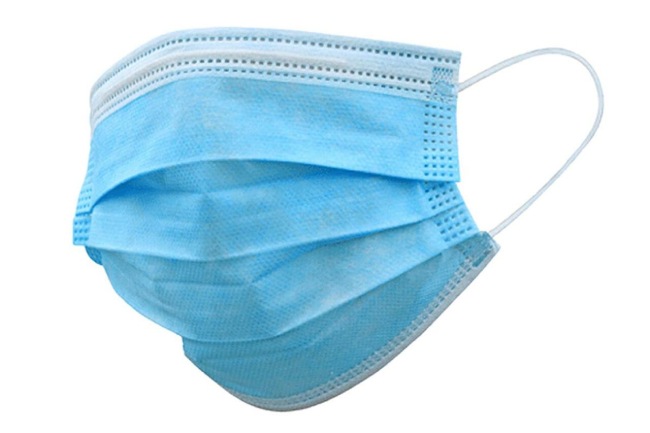
Material:
These masks are commonly made from polypropylene, which is a thermoplastic polymer.
How it works:
Non-woven fabric is used in blue surgical face masks, which is better at filtering bacteria and allowing air to flow than woven fabric. These are designed to be thrown out after one use.
Half-mask respirator
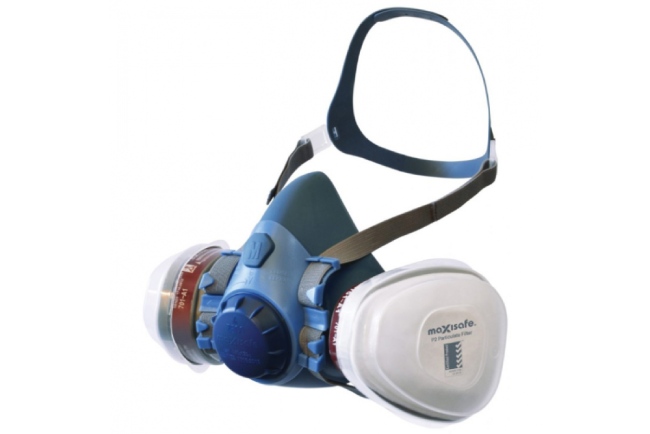
Material:
Natural rubber or synthetic materials are used for the facepieces, which can be cleaned, disinfected, stored, and reused repeatedly.
How it works
By protecting against particles, gases, and vapors when it is equipped with suitable filters. An airtight seal is essential between the facepiece and the user.
N-95 respirator
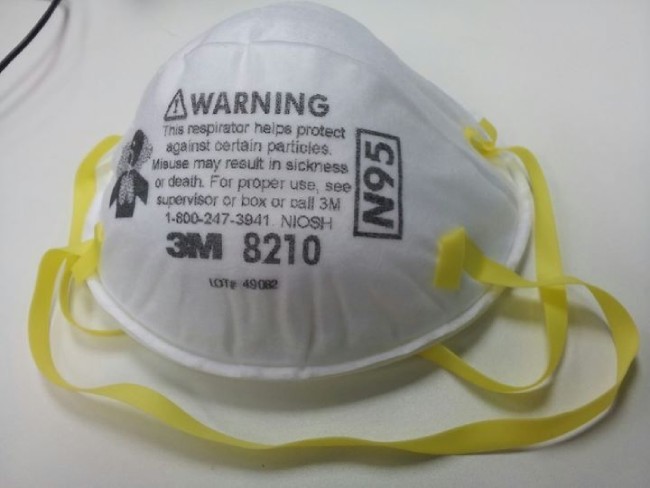
Material:
N95 is made of plastic and synthetic fibers. Many people wear synthetic and polyester shirts that contain these plastic fibers. Masks have steel staples (for holding the straps on) and aluminium for the bendable parts
How it works
Since it filters out particles of both large and small sizes when the wearer inhales, it offers greater protection than medical masks.
Respirator cartridge
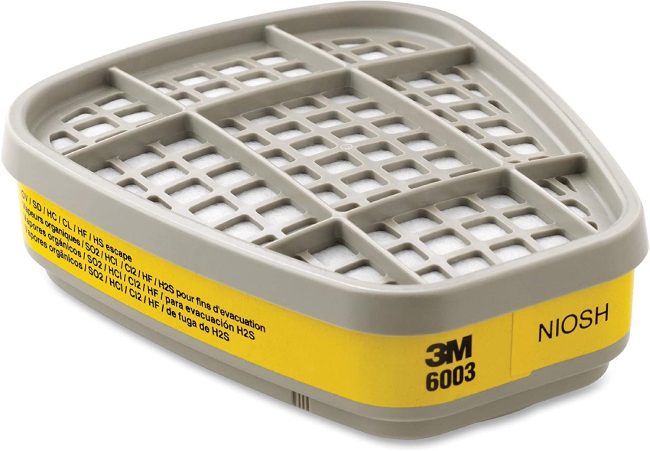
Material
Respirator cartridges used activated carbon. Activated carbon can be derived from coal, wood, coconut shells, or a mixture of these. In this case, it is usually heated with steam or nitrogen at temperatures between 800°C and 900°C to activate it.
How it works
Respirators are filters that remove gases, volatile organic compounds, and vapors from the air we breathe. This is done via chemisorption, adsorption, and adsorption. For example, an air-purifying respirator uses this filter as one of the two basic types.
Hand and arm protection
Light chemical resistant gloves
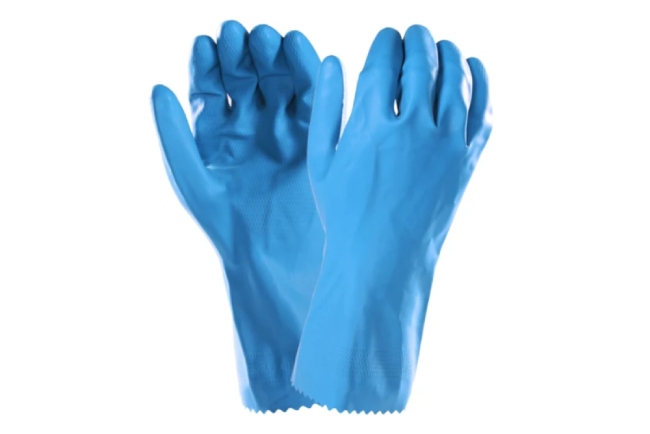
Material
Choose from neoprene, vinyl, laminated film, PVC, PVA, nitrile, natural rubber latex, and laminated film.
How it works
Defense against gasoline, hydraulic fluid, organic acids, alcohol, and alkalis. They are more resistant to chemicals and wear than natural rubber gloves.
Insulated gloves
Material
The rubber material used for the construction of insulating gloves is insulating rubber.
How it works
To protect the hands through an insulating layer. It is impossible to insulate with an ordinary glove with poor insulation and easily leaks.
Light to heavy chemical resistant gloves
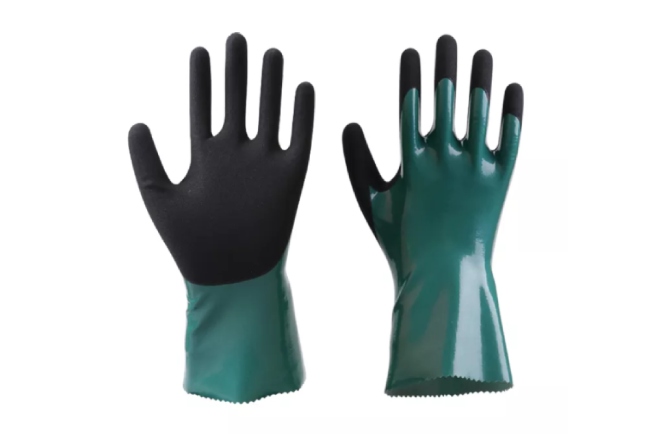
Material
Made from Natural rubber latex, neoprene, butyl, and nitrile.
How it works
Offers protection against alcohol, organic acids, gasoline alkalis, and hydraulic fluid. They are usually more chemically and wear-resistant than gloves made from natural rubber.
Wire mesh gloves
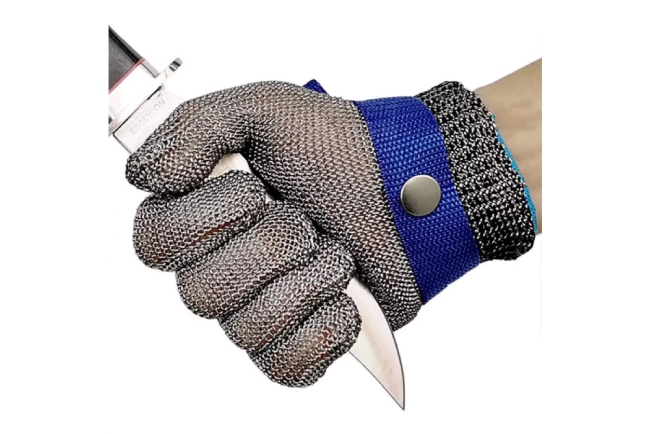
Material
High-quality polyester, stainless steel wire, and chemical fibers.
How it works
When cutting with sharp blades, cut-resistant gloves are designed to prevent cuts and nicks.
Light latex, vinyl, or nitrile gloves

Material
Plastic or synthetic rubber
How it works
This material increases your tactile sensitivity so that you can pick up smaller objects with more accuracy. It is also highly puncture-proof.
Heavy chemical resistant gloves
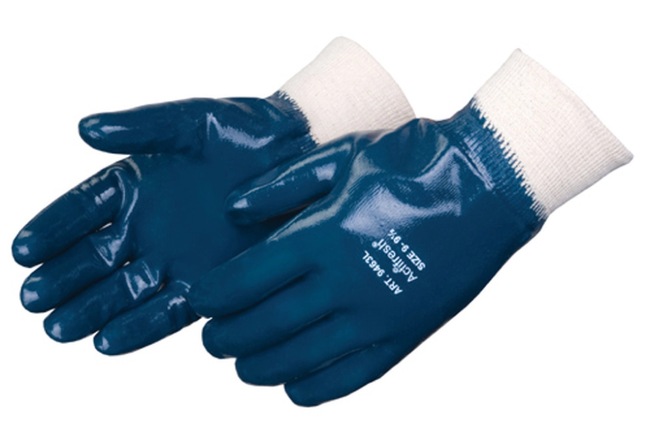
Material
Various types of rubber-like fluorocarbon, neoprene, natural, butyl, plastic. plastics can also be found, such as polyvinyl alcohol, polyvinyl chloride, and polyethylene
How it works
By resisting corrosion and abrasion, these gloves also remain flexible during cold temperatures
Ear protection
Reusable earplugs
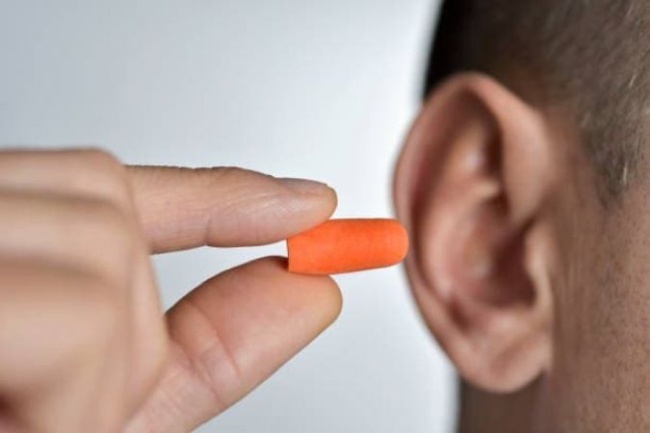
Material
Memory foam
How it works
These filtered earplugs go into your ear like basic in-ear headphones. The material works as a seal for your ear canal, reducing the volume level.
Disposable earplugs
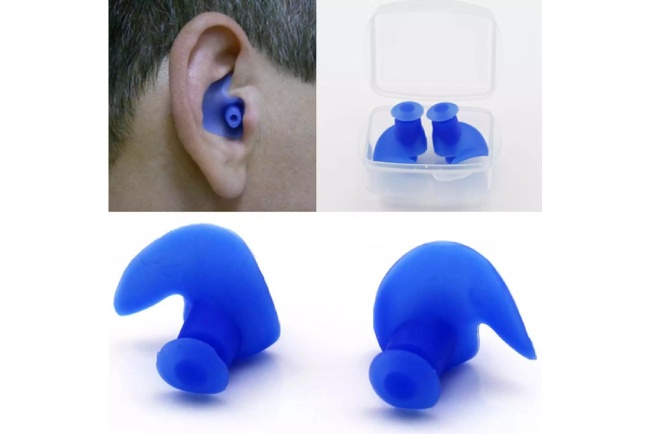
Material
is either polyurethane or polyvinyl chloride
How it works
Same as above
Head protection
Industrial bump cap
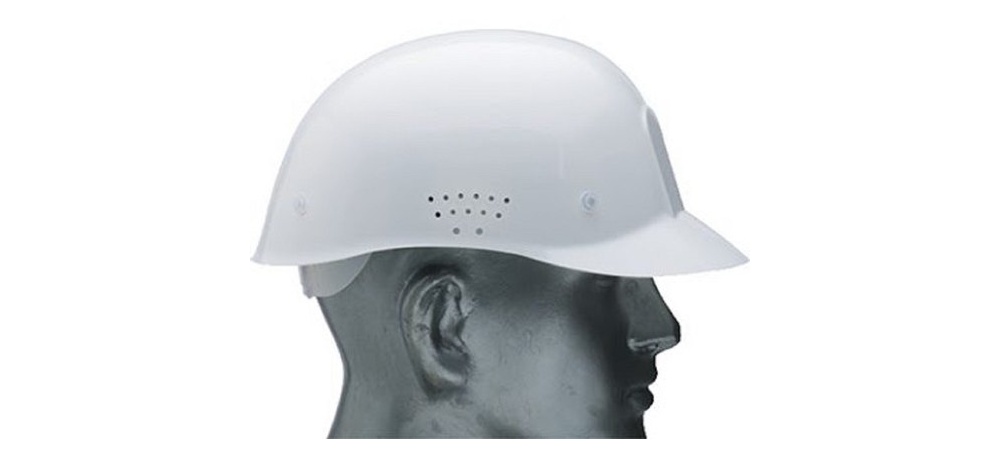
Material
Polyethylene, polycarbonate, phenolic, and glass-reinforced nylon
How it works
To prevent minor bumps to the head when working
Industrial safety helmet
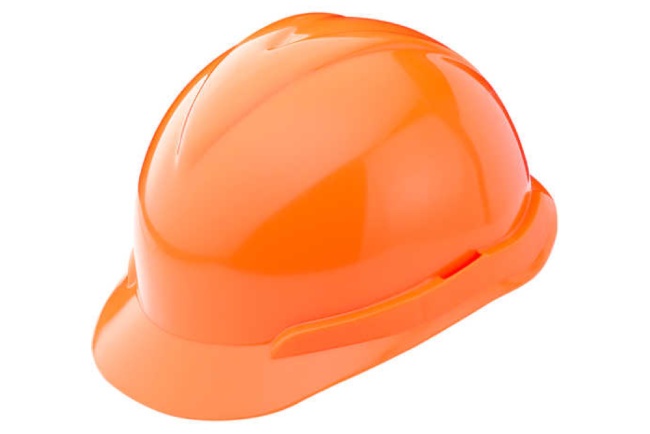
Material
Polycarbonate, Glass-reinforced Nylon, Polyethylene, and Phenolic
How it works
Made with strong materials, it will take the shock so the head remains protected if something heavy falls.
Hair net
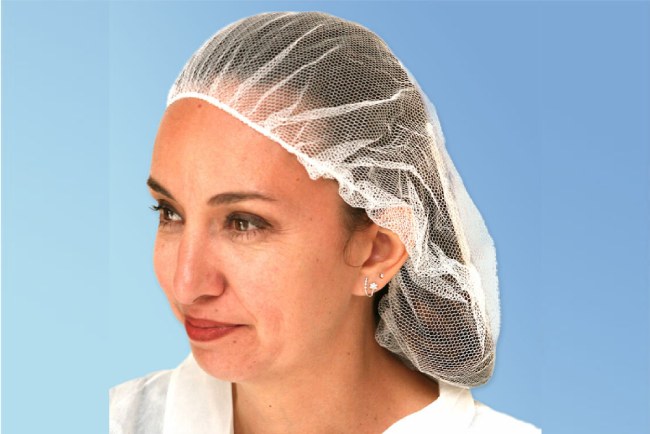
Material
Hair nets are made with polyester mesh material or stretchy nylon.
How it works
Pulls all the hair together and contains it, so hair doesn’t end up in people’s food. They are also used when in operating theatres and hospitals.
Skin protection
Barrier’ creams

Material
Barrier creams contain lanolin, dimethicone, and zinc oxide.
How it works
They can be either breathable or sealant (occlusive). In addition to moisturizing, they repel fluid and keep air from entering.
Emollient and skin-conditioning creams

Material
Modern emollients use paraffin, zinc oxide, petrolatum, coconut oil, olive oil, beeswax, and cocoa butter. Synthetics used are butyl stearate and diglycol.
How it works
Emollients are able to lock water within the skin for a longer duration by coating it in an oily film. This keeps the skin moisturized for longer.
Body protection
Traditional
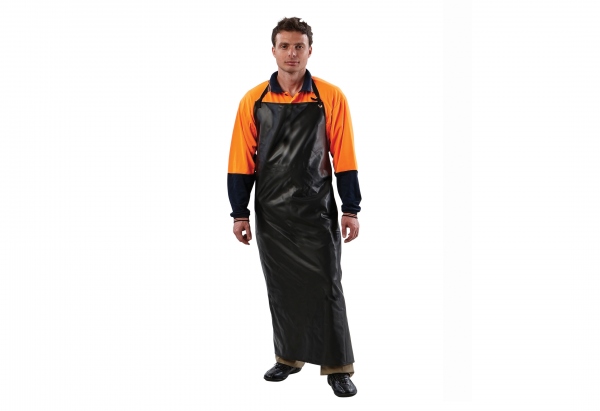
Material
These can be made from denim, plastics, nylon, waterproof wear, and polyester.
How it works
These protect clothing from being splashed with chemicals and dyes
Flame resistant
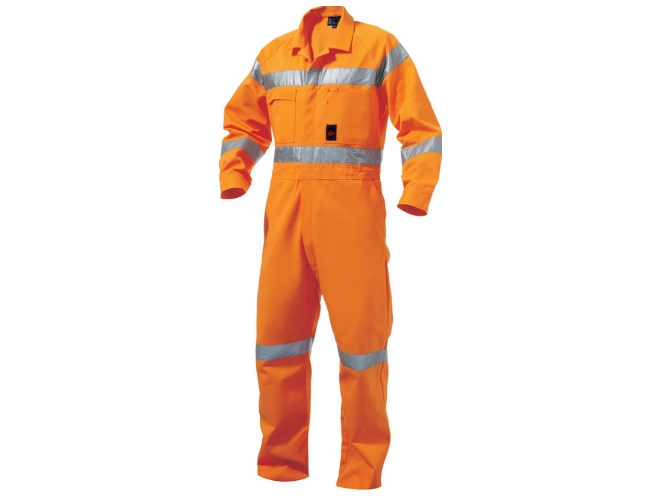
Material
Nomex, Kevlar, and Modacrylic
How it works
To prevent sparks from being ignited, to prevent flames from spreading away from the hot area, and, almost immediately, to self-extinguish after removal of the source.
Eye protection
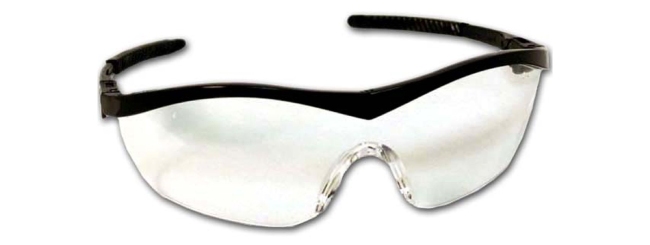
General safety glasses
Material
Most safety eyewear lenses are made from polycarbonate,
How it works
Protecting our eyes from workplace hazards is the purpose of safety glasses. Preventing dust, flying objects, and other hazards from hurting your eyes.
Laser safety glasses

Material
Glass, polycarbonate, and dielectric coating.
How it works
Certain wavelengths of light can be disrupted by laser safety glasses. In addition to blocking these wavelengths, specially designed lenses also filter the rest of the light, allowing you to work without being hindered by darkness or lasers.
Impact goggle
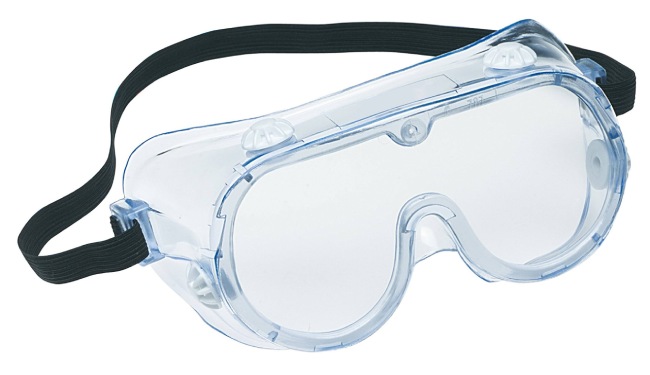
Material
Most often, lightweight polycarbonate
How it works
By forming a protective seal around the eye to block harmful dust and air particles.
Chemical splash glasses

Material
The lenses are made from polycarbonate, and they’re made from PVC
How it works
By wearing splash goggles, the wearer will be protected against liquids propelled on a person. Either from above, beside, below or behind.
Foot protection
Wellington boot
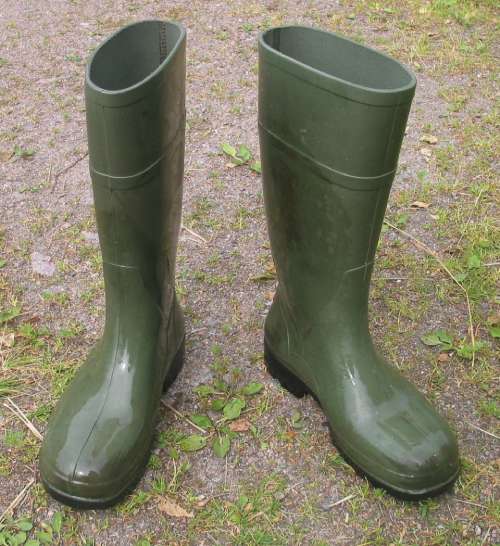
Material
Made from polyvinyl chloride, a halogenated polymer or rubber.
How it works
By preventing mud and water from getting into the boot and protecting the wearer from rain and puddles.
Safety boots or shoes
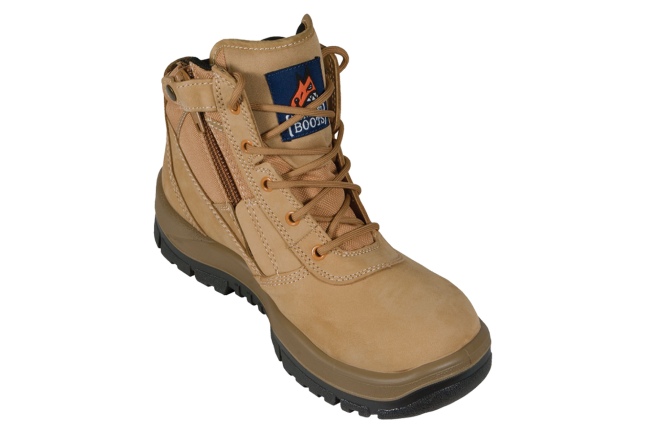
How it works
Both as injury prevention and as a slip and fall guard.
Anti-static and conductive footwear
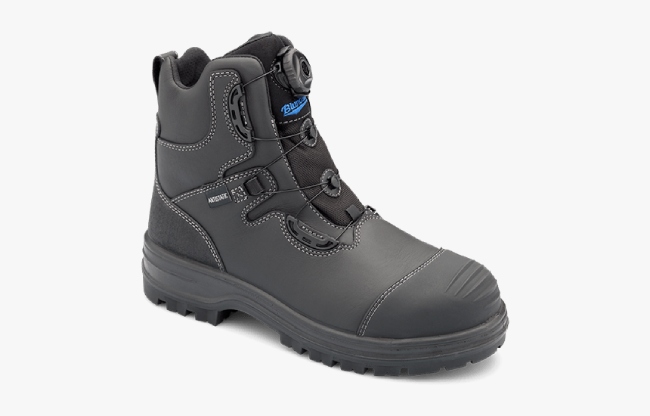
Material
The soles of anti-static shoes are largely made of PU or PVC. The upper has reinforced molding on the inside
How it works
Both discharge static electricity and suppress the dust in a dust-free room.
Which equipment is not PPE?
- Sun hats as they offer no protection for the head
- Thin clothing as chemicals can penetrate to the skin
- Shoes that don’t have any steel caps or ankle protection








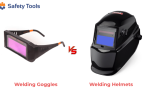
Leave a Comment